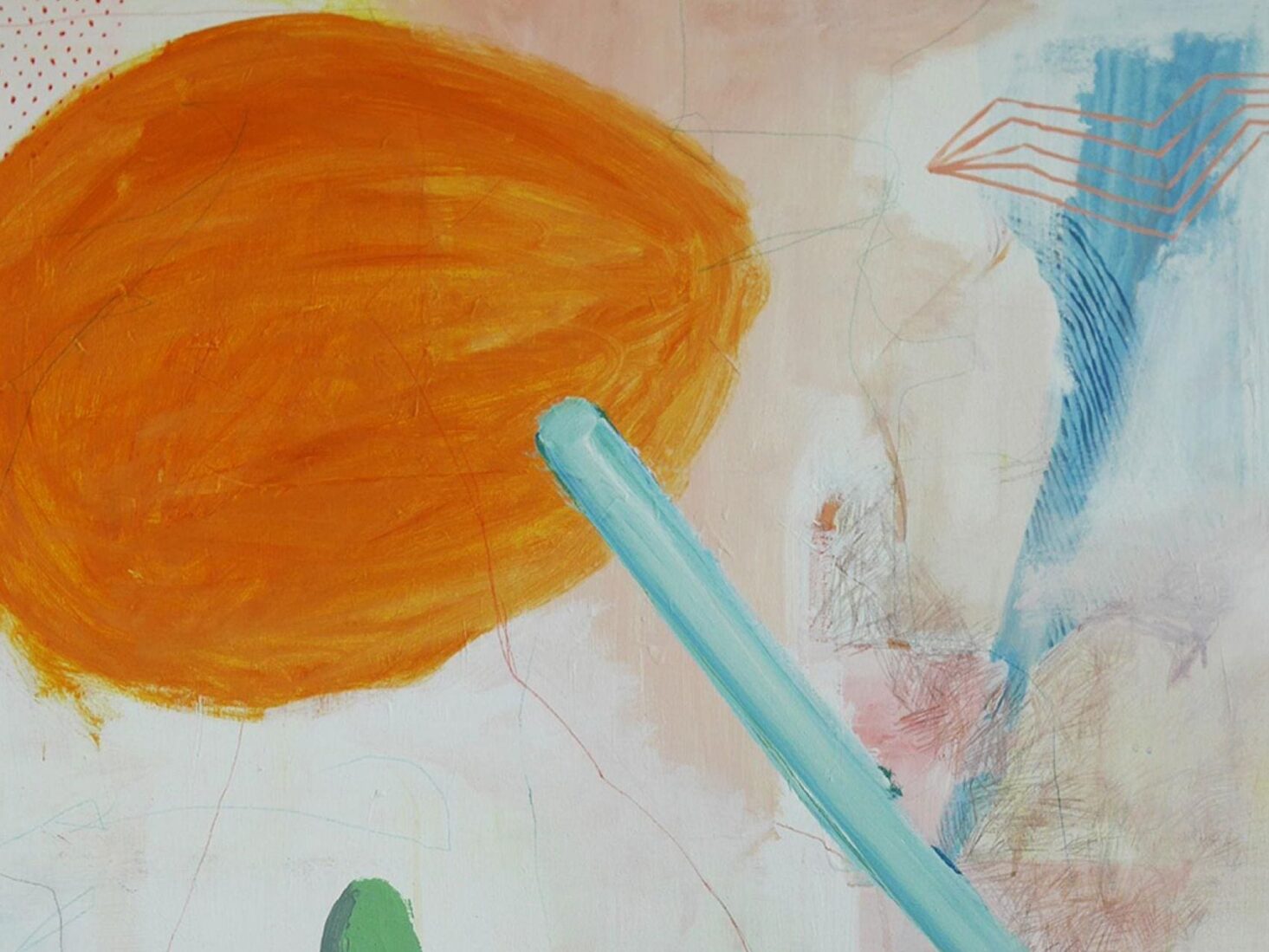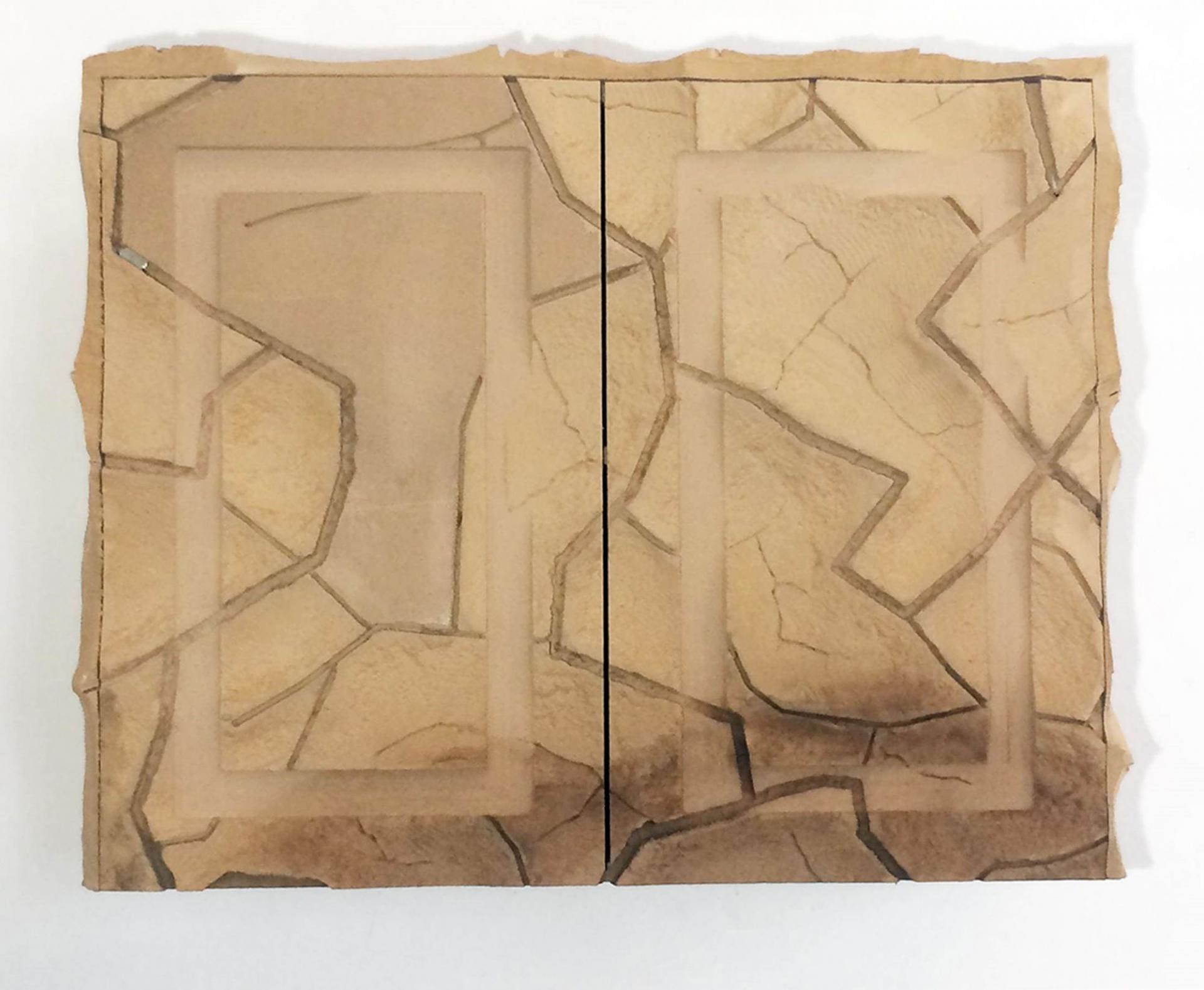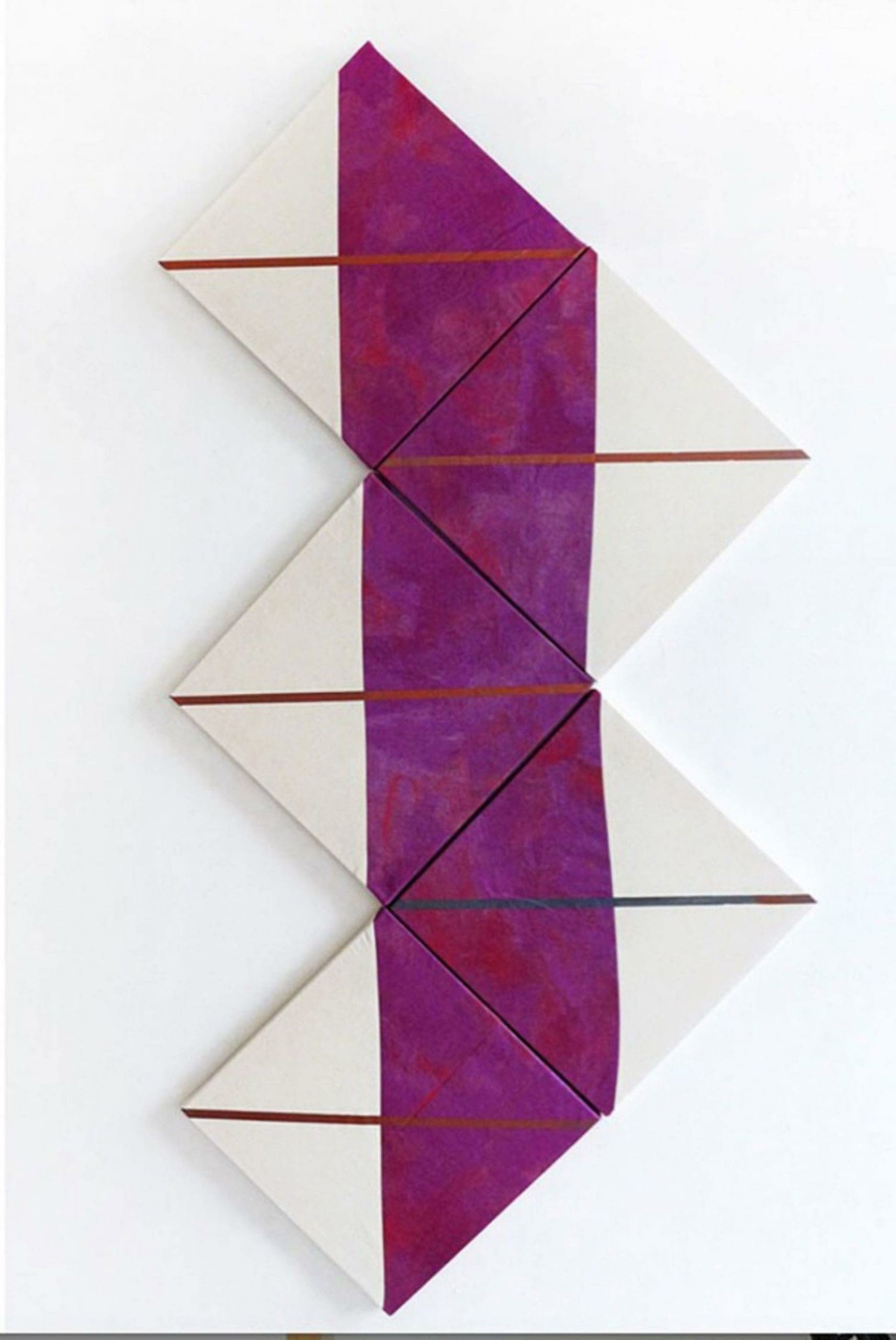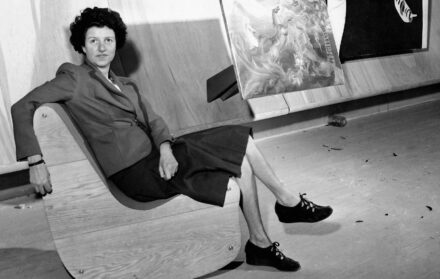
Art platforms: The New Ways To Display & Buy Art
The platforms offering new ways to engage with contemporary art – both online and off
The advent of the internet has brought us the ability to buy groceries from beside the empty fridge, communicate with relatives who are halfway across the globe and hear news within moments of it breaking. In the past few years, the art world has also started to catch on. Now, you can confer with an expert adviser on starting an art collection, purchase work directly from international artists or find exhibitions suited specifically to your tastes – all from the comfort of your living room.
Traditionally, the art industry has been carefully protected by gallerists and locked behind art fair doors, but it’s becoming much more accessible. So much so, it is “as easy as buying clothes online”, according to Michal Szczesny, COO of Artfinder. This online platform connects artists directly with the buyer, as he describes: “You love it, you buy it. If you like it, you keep it. If you don’t like it, click, return and get your money back.”

Yet an easy transaction does not guarantee an easy decision making process, especially when it comes to the realm of contemporary art, where there are thousands of potential investment opportunities. This is where Artvisor steps in. Founded earlier this year, the service seeks to pair new collectors with advisers that can guide them through the process of purchasing art.
After signing up, the customer receives an invitation code to sign in to the platform. They are then asked to define their artistic tastes. Based on this information, an adviser – or ‘artvisor’ – who is both an expert in the preferred artistic field and mother tongue of the client, will be assigned. They build a picture of what the individual likes, by suggesting 12 works for initial feedback.

Artvisor’s co-founder Piero Tomassoni explains: “The adviser will take an interest in you and in what you like, and hopefully this will create an ongoing dialogue through the platform, where there is a messaging service.” An art critic and curator himself, Tomassoni is well placed to offer advice.
The original idea behind Artvisor was to enable him to share his expertise more widely, he says. “When you are regarded as an expert in a certain field, especially if it is very trendy, like contemporary art where lots of people want to get into it but don’t know how, people will end up asking you questions and wanting you to recommend work. Through Artvisor, instead of advising 20 clients, an expert can advise 500 clients.”
Another benefit of these e-platforms is the fact that customers can immediately access art from all corners of the globe. Artvisor works with international artists like Ana Cardoso, Francesco Jodice and Gal Weinstein, while Artfinder can ship works from 108 different countries direct to your front door.

There is also a helping hand from algorithms that ensure users see more of what they love and less of what they hate. Artvisor and Artfinder are not alone in this use of online technology. GowithYamo is an app that matches the user’s artistic interests with their location to suggest relevant exhibitions within their vicinity. Similarly, website MutualArt is a “personal art source” where the individual defines their artistic preferences and receives email alerts about exhibitions, auctions and news connected to those artists.
Artvisor also has several partner galleries in Mayfair, including 10 Hanover, Cortesi Gallery and Gazelli Art House, creating a connection between local exhibitions and an online buying community. “While you might get enquiries through another platform, it’s only once you get to meet someone that they’ll actually buy,” says Jamie Gourlay, director of 10 Hanover.
“They like to feel some kind of reassurance that they trust the person they’re buying from. So it makes sense that online platforms should have more of a personal thread with their users and clients.” There are benefits besides bringing galleries into contact with potential clients they wouldn’t otherwise have reached, Gourlay continues. “Given how expensive art fairs are, if there’s a way of finding clients without having to go through all of that, that presents an amazing opportunity.”

There really is nothing quite like seeing art in the flesh, as Elena Sereda, co-founder of ArtCircle, notes. ArtCircle is another innovative art platform to reach Mayfair, this time in the form of pop-up exhibitions with museum-quality works and expert curators. In May, its inaugural show Focusing Room popped up on Albemarle Street, championing seven world-renowned artists with works never exhibited in the UK before.
Sereda and her team make it their priority to optimise the viewing experience by selecting interesting spaces for exhibitions. “We look for cool locations, as we wanted to do something a bit quirky and new, and break away from the typical white walls of a Mayfair art gallery,” she says.

This human connection with art is the endgame for all these platforms. Artfinder does not just hope you enjoy browsing world-class art online, but that you adorn your walls with beautiful creations, nor does GowithYamo want you to scroll through local exhibitions on your iPhone and never visit them. Szczesny believes that buying art online actually enhances the human connection.
As he says of Artfinder: “The artists own the process, so their customers often get surprised with beautiful handwritten notes or stories of how their artwork came about. You don’t just buy an artwork – you buy a story, a dinner conversation or a guaranteed smile every time you wake up.”
www.art-circle.com, www.artfinder.com, www.artvisor.com, www.gowithyamo.com









